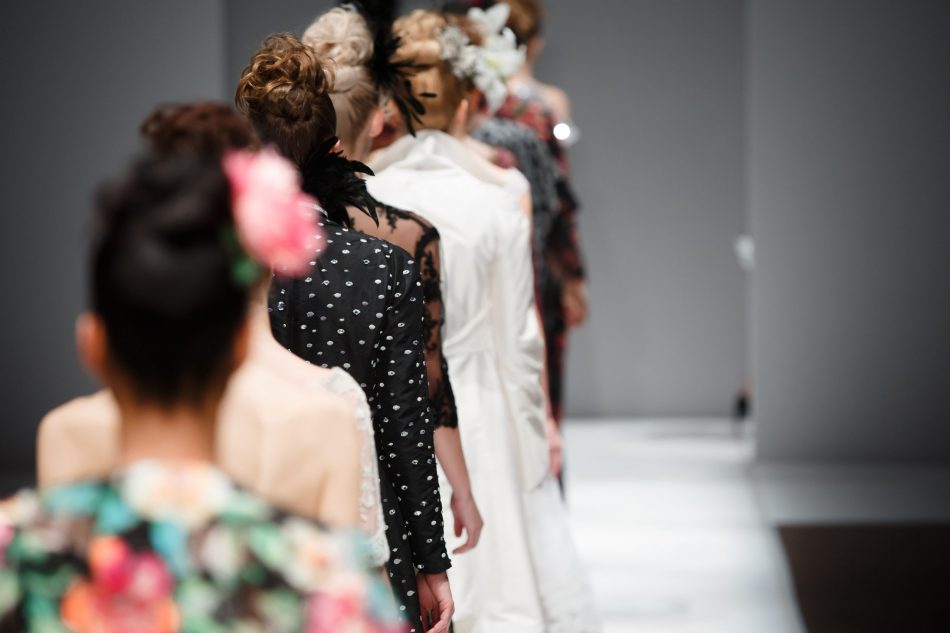Shopping responsibly is hard. On top of navigating the various certifications and researching brand labor policies and manufacturing practices, there’s the whole greenwashing trend that can make products seem more sustainable than they actually are. All these factors make the whole process so unnecessarily complex that we may decide to give up on shopping green altogether.
Fortunately, there could be a simple solution. Why doesn’t the fashion industry adopt standardized food-style labels that illustrate a given brand’s sustainability credentials?
Brands such as Burberry and Selfridges have introduced eco-labeling on their products that outline whether their items are made of recycled materials, organic textiles, or are manufactured through processes that save water and energy.
Footwear brand Allbirds even goes as far as making its products’ CO2 emissions available from the beginning of its production straight through to the end of its life. Access to this kind of information empowers customers to make decisions that align with their values and gives them confidence about their purchasing power. However, it’s rare that this kind of hard data is provided freely.
Sustainability labels could drive change
Fashion brands that work together to advocate for an eco-conscious and sustainable fashion industry can have a much greater impact than brands that work alone. For instance, Allbirds’ carbon footprint calculator is open to everyone, but it’s not that useful if they’re the only brand utilizing it. Consumers will need to compare brands on a standard scale.
Labeling that outlines all factors of a product’s impact can create an environment that encourages brands to be competitive about their sustainability. In an effort to be the “best” brand in the eyes of the consumers, companies will be forced to reduce their emissions quickly and hold themselves accountable.
Nonprofit Lab 2030 is calling for a traffic-light system for fashion that would provide information about a products’ materials, manufacturing practices, garment footprint, and impact. Lab 2030’s founder, Jodi Muter-Hamilton says that “a traffic-light system, similar to what we have for food, would be a really good way of universally understanding what it is that we’re buying.”
The need for a standardized system
The concept behind the traffic-light system is great, but the biggest challenge would be to establish a standardized system that the entire industry would abide by. Regulation within the industry would be necessary because there are most certainly companies with questionable practices that wouldn’t want to reveal the skeletons in their closets.
The power to accomplish this isn’t necessarily in the hands of the consumers, however, if we are steadfast in demanding change, then perhaps together we can inspire change.












